LION’S MANE MUSHROOM(Hericium erinaceus) |
| Aboveground, cycling visibly into their maturity and then into their dying and death, the deadwood trees, their broken limbs and fallen bodies scattered upon the forest floor, appear to have reached their end. Looking like no more than coarse, broken, woody debris, in their silent repose they’re active still in turning the forest’s wheel of life by helping prevent erosion, retain water, provide soil with large quantities of organic and mineral input, and by becoming habitat for plants, animals, and fungi. In company with certain of these deadwood trees is the Lion’s Mane mushroom whose need for them helps breathe back into them an ableness to keep giving to the forest’s broadening success. |
The mycelial network of Lion’s Mane, strung wide beneath the forest floor, creates a stable architecture for the forest’s generations. Without continuing presence of deadwood and saprophytic fungi such as Lion’s Mane, the quality of an old-growth forest’s land and vegetation will decline, and there, seed, without promise to germinate, grow, and survive, will find no place.
And so it goes . . .
Experiment.
Many websites describe how to locate and identify Lion’s Mane in the wild, how to clean it properly in advance of cooking, and the different ways to create it as entrée or side.
| Aging creates change, not just in how we navigate a steep flight of stairs or digest a large Thanksgiving dinner, but in how we process information and conduct an independent life. The brain, along with our muscles, joints, and reserve of digestive enzymes, is on a downward trajectory, but not necessarily with disease and debility the end result. The changes aging brings to the brain, rather than drastic, can be subtle, indicative only of a slight slowing in processing speed. |
Certain compounds in Lion’s Mane promote the biosynthesis and expression of Nerve Growth Factor. In the brain, Nerve Growth Factor supports growth, differentiation, repair, regeneration, and overall protection of neurons, steps necessary in opposing central nervous system deterioration. Easily crossing the blood/brain barrier due to their low molecular weight, the erinacine compounds from Lion’s Mane mycelium and the hericenone compounds from its fruiting body, helping to increase the brain’s level of Nerve Growth Factor, stimulate production of dendrite and axon outgrowths, those growth projections from neurons that, in the beginning, created our intricately-functioning neuronal architecture and that otherwise, throughout life, are the ability of our neurons to address their environmental demands, keeping us plugged in.
The mature central nervous system is not without its challenges, not the least of which is age-related reduction in the brain’s level of Nerve Growth Factor. Revitalizing the brain through care of its neurons, increasing their connections and communicative power, the application of Lion’s Mane is to help enrich and stimulate the ground upon which our higher functions grow, as well as offer support when that ground is compromised.
antibiotic
anticarcinogenic (anti-cancer)
antidiabetic
antifatigue
antihypertensive (anti-high blood pressure)
antihyperlipidemic (anti-high levels of fat in the blood)
ant senescent (anti-aging)
cardioprotective (protective of the heart)
hepatoprotective (protective of the liver)
nephroprotective (protective of the kidneys)
and neuroprotective (protective of the central nervous system).
Biodiversity is key to understanding Lion’s Mane as an application. Its many nutrient and medicinal compounds address diverse instances of compromised human health, offering nourishment and remedy to help generate us anew. And with improved health, we’re open once again to advancing through life.
Go lightly through the forest on your next visit, for in each step’s imprint, there are myriad networks of mycelium, countless galaxies of star stuff, the elements that make life, hundreds of miles of glittering connection and re-connection that forge ever-enlightened existence.
All that under one shoe.
Dosing Suggestions:
Used as a functional food (as the main meal or an addition to it) or as a nutraceutical (pill, tea, or liquid extract), Lion’s Mane mushroom seems to deliver its bioactive compounds in relative safety. Lacking studies of potential side effects in humans, animal studies indicate the mushroom and its extracts are well tolerated even at high doses. Lion’s Mane, when eaten, is probably best enjoyed and utilized combined with other highly nutritious foods. If using Lion’s Mane in nutraceutical form, follow the package directions.
STL Herbs and Aromatic’s Lion’s Mane Mushroom liquid extract is now available. Of extraordinary benefit by itself, that benefit may be complemented by the use of apoptogenic, nervine, and nootropic herbs, furthering the promising effects Lion’s Mane has in supporting varying conditions of disorder and disease. Some examples:
For anti-aging, combine the mushroom with adaptogens such as Ashwagandha, American or Asian Ginseng, Eleuthero, Tulsi, Reishi, Rhodiola, Schizandra.
For anxiety, combine the mushroom with adaptogens such as Ashwagandha and Tulsi; with nervine herbs such as Blue Vervain, Hawthorn, Linden, Oatstraw, Motherwort, Passion flower, Scullcap.
For depression, combine the mushroom with adaptogens such as Ashwagandha, Tulsi, Rhodiola; with nervines such as Lemon Balm and St. John’s Wort.
For brain function, combine the mushroom with adaptogens such as Ashwagandha, American or Asian Ginseng, Eleuthero, Tulsi, Rhodiola, Schizandra.
For cancer, combine the mushroom with adaptogens such as Ashwagandha, American or Asian Ginseng, Eleuthero, Holy Basil, Reishi, Rhodiola, Schizandra.
For diabetes, combine the mushroom with adaptogens such as Ashwagandha, American or Asian Ginseng, Eleuthero, Tulsi.
For fatigue, combine the mushroom with adaptogens such as Ashwagandha, American or Asian Ginseng, Eleuthero, Tulsi, Rhodiola, Schizandra
For immunity, combine the mushroom with adaptogens such as Ashwagandha, American or Asian Ginseng, Tulsi, Reishi, Rhodiola, Schizandra.
Adaptogens are extremely versatile and diverse in their range of support.
Nootropics are herbs that “enhance memory, slow or prevent the onset of age- or dementia-related cognitive decline, reduce oxidative or ischemic damage to the brain, and improve mood.”
Consider combining the mushroom with any or all of the following herbs: Bacopa, Ginkgo, Gotu Kola, Lavender, and Rosemary.
STL Herbs and Aromatics offers several liquid extract combinations that you may wish to pair with the mushroom:
Maria's Tonic Liquid Extract Combination (the Essiac formula)
Blood Sugar Balance
Blood Pressure Support
Liver Detox
Kidney and Bladder Support
Brain Support
Nervine Tonic
Immune Support
Inflammation Response
Safety Considerations:
An allergy to mushrooms is prohibitive.
Appropriately, if under medical supervision and using prescription medicine, please discuss possibility of the use of Lion’s Mane mushroom, as well as herbs you wish to use in tandem with it, with your physician(s).
Sources available upon request
I am very interested in this lions mane liquid supplement. My neighbor harvested a lions mane and brought it to me. I ate and loved it. So I have an auto immune disease. Please advise
Dot
People during certain radio. Information individual lose know around. Ever human few son college bag shoulder really.
Leave a Reply.
Author
Maria and Ingrid are Co Owners of STL Herbs and Aromatics. They have been working in the field of Herbal and Aromatic Medicine for over twenty years. This blog is intended to inform and empower people to begin utilizing plant medicine for personal health and well being.
Archives
December 2023
January 2023
June 2022
May 2022
March 2022
February 2022
November 2021
September 2021
July 2021
May 2021
April 2021
March 2021
February 2021
November 2020
September 2020
June 2020
May 2020
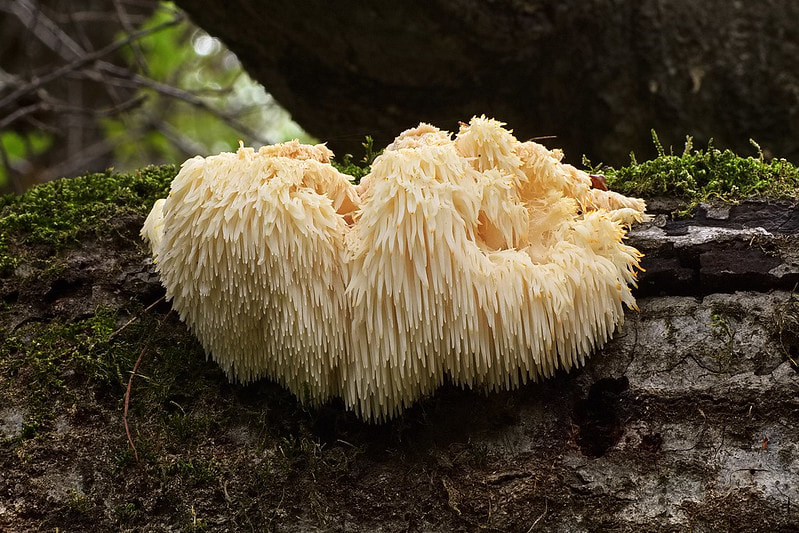
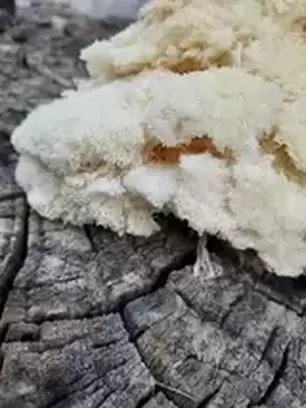
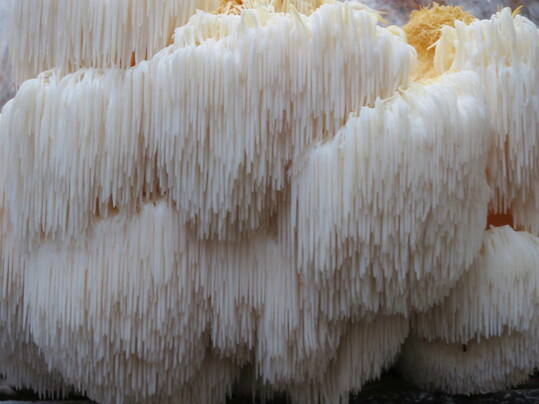
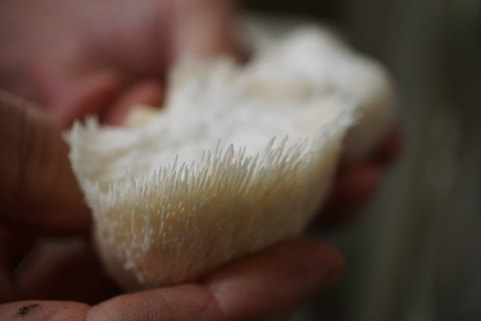
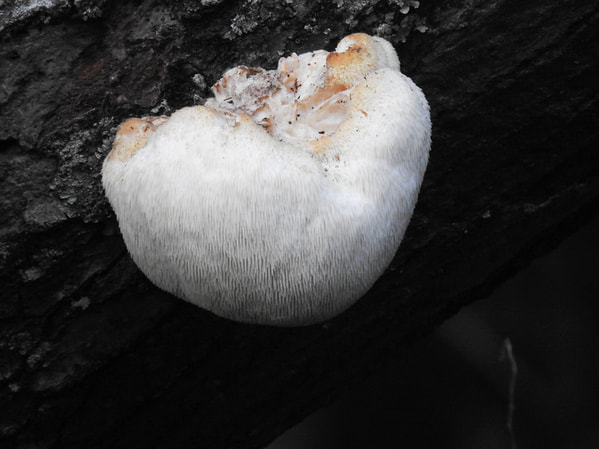
 RSS Feed
RSS Feed